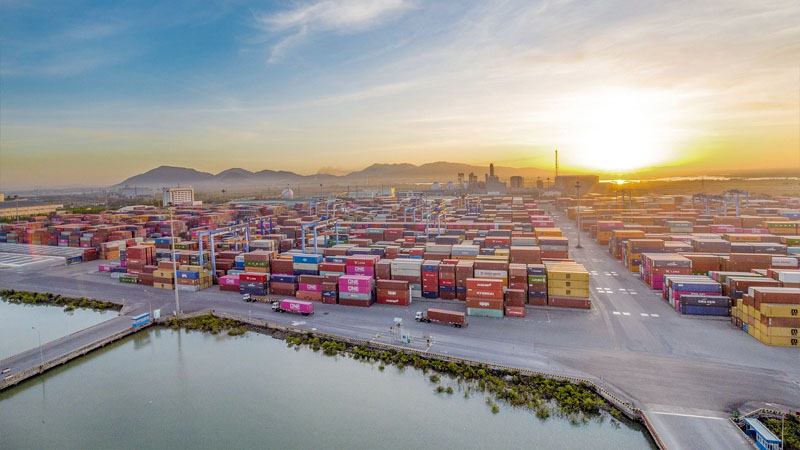Exclusive content

Vietnam’s shrimp exports are set to surpass the ambitious annual target of USD 10 billion, driven by strong demand across key international markets. As reported by Deputy Minister of Agriculture and Rural Development Phung Duc Tien, the nation’s aquatic exports, particularly shrimp, have seen a robust 12% year-on-year growth. Total export revenue for the first ten months of 2024 has reached USD 8.33 billion, with USD 1.1 billion generated in October alone. This momentum signals an optimistic outlook for Vietnam’s shrimp industry as it taps into a booming market for high-quality, sustainable seafood.
Expanding Footprint in Key Markets
The US, China, and Japan have emerged as Vietnam’s leading shrimp consumers, commanding 18.5%, 16.8%, and 15.4% of the market share, respectively. Shrimp exports to China, in particular, surged by 37% in October, reflecting both the appetite for Vietnamese shrimp and China’s position as a growing seafood importer. Likewise, shipments to the US, Japan, the EU, and South Korea also registered substantial growth, indicating Vietnam’s expanding foothold in these established markets.
Vietnam’s ability to remain competitive, even in the face of anti-dumping measures, is underscored by a recent ruling by the US Department of Commerce, which set a preliminary countervailing duty rate of 2.84% on Vietnamese shrimp, notably lower than those for India and Ecuador. With US imports of Vietnamese shrimp valued at USD 1.5 billion by the end of October—a 15% increase from the previous year—the country remains a critical market for Vietnam’s shrimp exporters.
China’s Rise and the EU’s Promising Rebound
China’s soaring shrimp imports could soon eclipse the United States, with analysts predicting China may become Vietnam’s top shrimp buyer if import growth sustains its 20% pace for the remainder of 2024. Meanwhile, the EU market is showing renewed vigor, with shrimp exports to the bloc up 11% through October.
Vietnamese shrimp products benefit significantly from the EU-Vietnam Free Trade Agreement, which provides immediate duty-free access for many shrimp exports. This advantage allows Vietnamese shrimp to outpace those from competitors like Thailand and India, who lack comparable trade agreements with the EU.
The Strategic Importance of Shrimp in Vietnam’s Aquatic Economy
Shrimp and tra fish remain at the core of Vietnam’s aquatic export portfolio, thanks to rising demand and recovering prices in key destinations like the US, China, Japan, and Australia. As explained by VASEP’s communications director Le Hang, shrimp exports are poised to continue their growth trajectory. Local shrimp producers are encouraged to adopt flexible, adaptive strategies to navigate challenges, particularly as domestic raw material shortages threaten supply chains.
Vietnam’s aquaculture output reached an impressive 7.9 million tons in the first ten months of 2024, up 2.5% year-on-year. Shrimp alone accounted for over 1.1 million tons, reflecting a 3.8% increase. These metrics underscore the vitality of shrimp within the aquaculture sector and highlight Vietnam’s ongoing investments in sustainable shrimp farming practices.
Maintaining Competitive Standards and Quality
As Vietnamese shrimp expands globally, meeting stringent international standards is paramount. Director General of the Directorate of Fisheries, Tran Dinh Luan, emphasized the need for Vietnam’s shrimp exporters to prioritize quality enhancement and cost reduction. These measures are essential for maintaining competitiveness in high-demand markets, such as the US, the EU, and Japan, where strict regulations on product quality, traceability, and food safety set a high bar for entry.